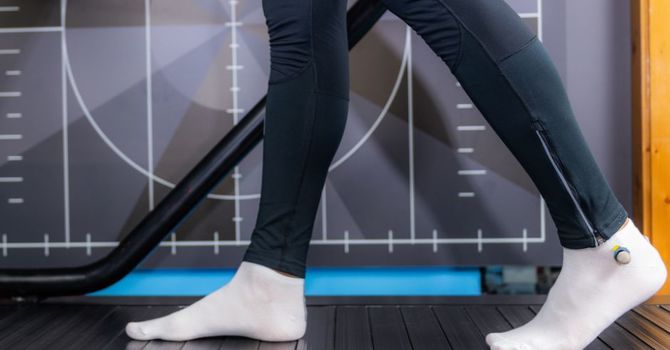
If you’ve been to our clinic this past month, either Dr Olson or Dr Walker may have asked you if you would perform a Grip Strength Test. Why are they asking you to do so?
A bit of fun for you and us, but there is a very real reason why our chiropractors are asking our patients to do so. As chiropractors, we routinely assess spinal alignment, joint mobility, posture, and neurological function. But there’s another simple, evidence-based tool that’s gaining attention in both clinical and preventative settings: grip strength.
Though often overlooked, grip strength testing offers valuable insight into overall musculoskeletal integrity, functional aging, and even systemic health, making it a perfect addition to our discipline of a wellness-oriented chiropractic practice.
What Is Grip Strength?
Grip strength refers to the amount of force generated by the hand and forearm muscles when squeezing. It’s most commonly measured with a hand dynamometer, a non-invasive, fast, and inexpensive tool.
While it seems like a localized measurement (how strong is my grip?!), studies show that grip strength correlates with whole-body health and longevity, offering Drs. Olson and Walker a window into our patients’ broader health.
Why Our Chiropractors Should Measure Your Grip Strength
1. Functional Assessment of Neuromuscular Health Grip strength is not just about hand muscles. It reflects neural integrity, muscular coordination, and upper extremity function, which are closely tied to the cervical spine and brachial plexus. A decrease in grip strength may suggest:
- Cervical nerve root irritation or damage from injury or degenerative osteoarthritis.
- Upper limb nerve entrapment.
- Surprisingly, Whole Body early signs of neurodegeneration As chiropractors, testing grip strength provides a functional snapshot of both neurological and muscular performance.
2. Early Detection of Frailty
In our older patients, reduced grip strength is one of the earliest markers of frailty syndrome. By identifying these patterns early, Drs. Olson and Walker can intervene with:
- Chiropractic adjustments for better joint mobility
- Exercise recommendations to support strength and balance
- Lifestyle guidance for aging well
3. Correlation with Chronic Disease and Mortality
Peer-reviewed studies (Dr Olson loves these) have shown that low grip strength is associated with increased risk of:
- Cardiovascular disease
- Cognitive decline
- Type 2 diabetes
- All-cause mortality
Incorporating grip testing can reinforce the whole-body wellness approach that is central to your chiropractic care at Edgemont Chiropractic Clinic— emphasizing the connection between structure, function, and health outcomes.
4. Objective Progress Tracking
Grip strength testing provides a quantifiable, repeatable measurethat can help track your progress during your care plan, particularly for:
- Athletes in performance care
- Patients recovering from upper extremity injuries
- Seniors in mobility or fall-prevention programs
Enhancing Grip Strength Through Chiropractic
In addition to adjustments that restore spinal and extremity joint function, Drs. Olson and Walker can guide you toward improving grip strength through:
- Postural corrections that reduce nerve interference to the upper limbs
- Soft tissue therapy for forearm and wrist tension
- Exercise prescription, including:
- Wrist curls and reverse curls, lower limb (surprisingly important) strengthening (ask Dr Olson about this: he has the research evidence!).
- Farmer’s carries
- Resistance band pulls
- Squeeze tools or therapy balls
Encouraging functional training supports both grip and global musculoskeletal health.
A Simple Tool with Big Impact
Grip strength is more than a test. It brings us and you a picture of how healthy you may be right now. Throughout your treatment program, this measurement of your Grip Strength can demonstrate how you are improving the neuromuscular aspect of your well-being.
Dr. Christopher Walker
Contact Me


